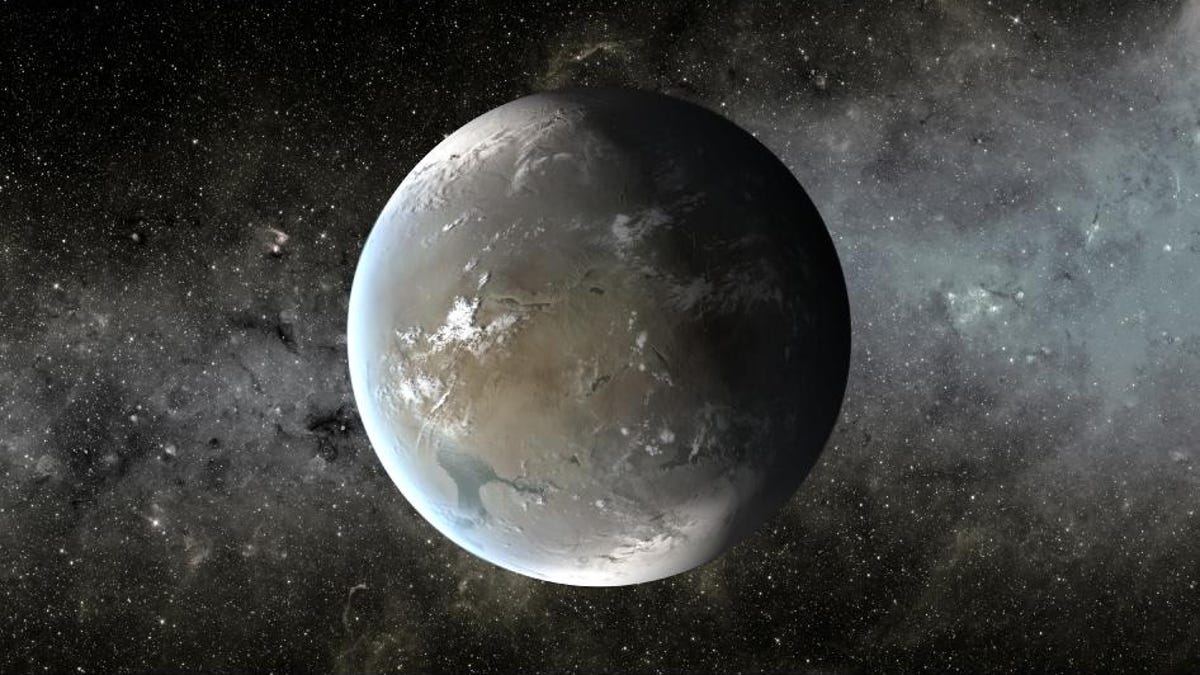Scientists spot 'one in a million' super-Earth
Wish we could go for a visit.
Toward the center of our galaxy, in a star system far away, is a planet with features that remind us of home.
Astronomers at New Zealand's University of Canterbury (UC) discovered a particularly rare super-Earth. "The new planet is among only a handful of extra-solar planets that have been detected with both sizes and orbits close to that of Earth," said UC in a release on Monday.
"Extra-solar planet" is another term for exoplanet, which describes a planet located outside our solar system. We only have artists' impressions of what these planets might look like, but they continue to fuel our curiosity as we seek out distant worlds that feel familiar.
The newly spotted exoplanet's year lasts about 617 days and it travels around a much less massive star than the sun. It's located near the Milky Way's central bulge of stars. For scale, Earth is about 25,000 light-years away from the galactic center.
The researchers published their findings in The Astronomical Journal this month.
The super-Earth discovery was a fortuitous event that UC described as "one in a million."
The astronomers used a gravitational microlensing technique to spot the planet. "The combined gravity of the planet and its host star caused the light from a more distant background star to be magnified in a particular way. We used telescopes distributed around the world to measure the light-bending effect," said UC astronomer Antonio Herrera Martin.
There's a lot of hope wrapped up in a term like "super-Earth," but there are no guarantees a planet in this category will look anything like our own. NASA describes super-Earths as "up to 10 times more massive than Earth," but says they may vary in composition from water worlds to icy planets to ones made mainly of gas.
NASA has racked up some intriguing super-Earth discoveries in recent years, including the potentially habitable Kepler 62f.


